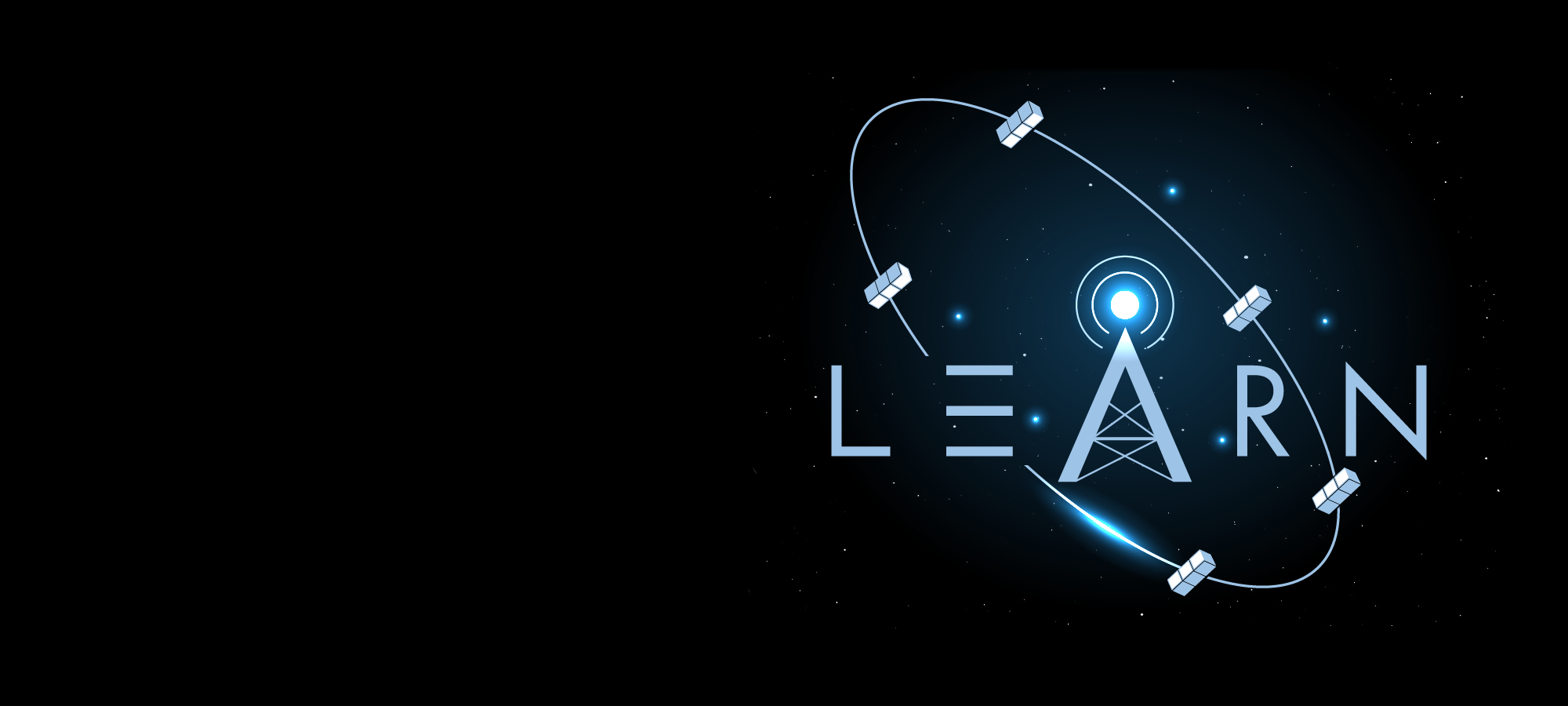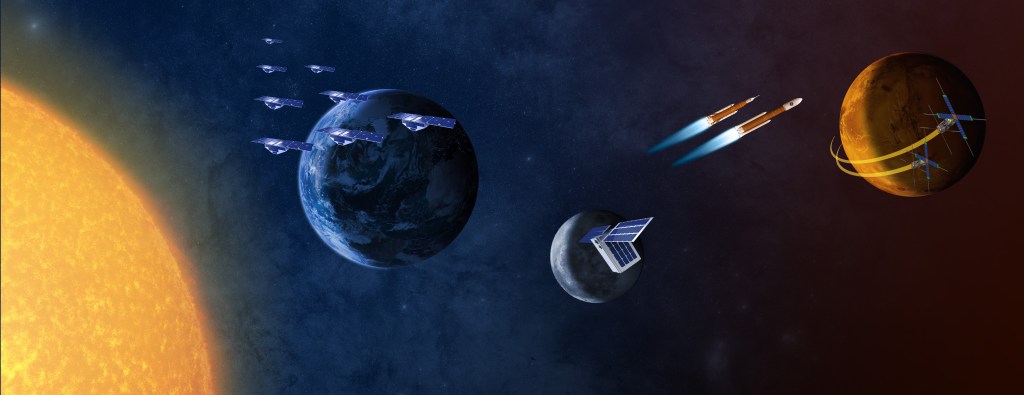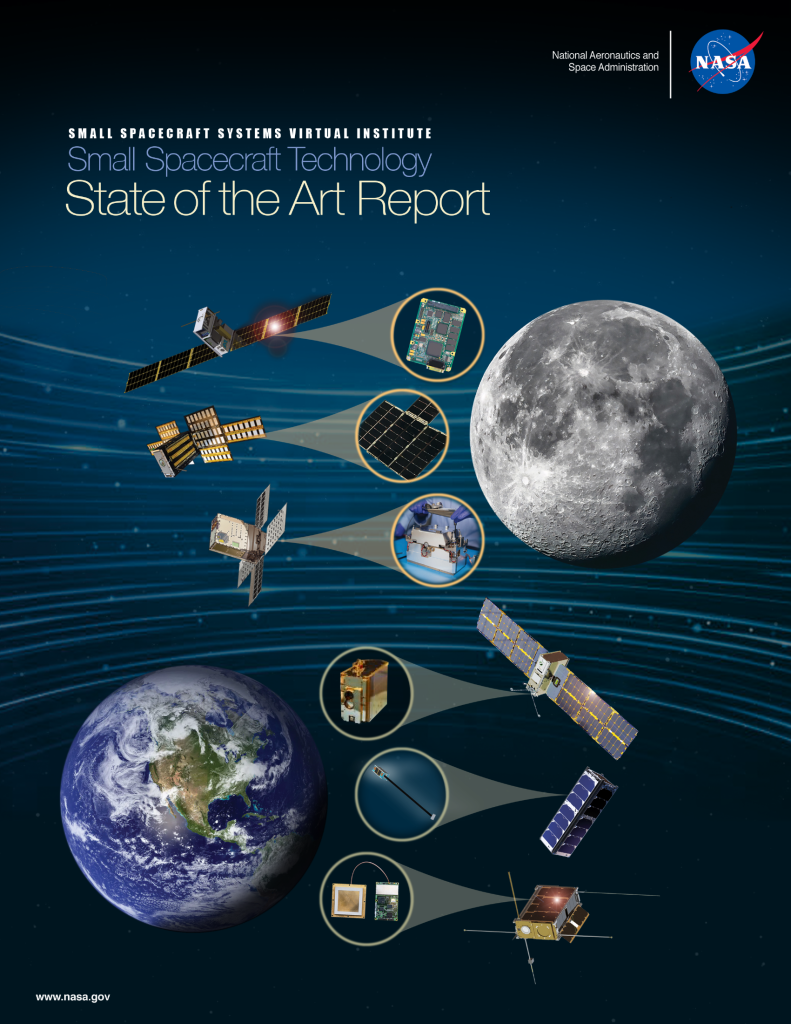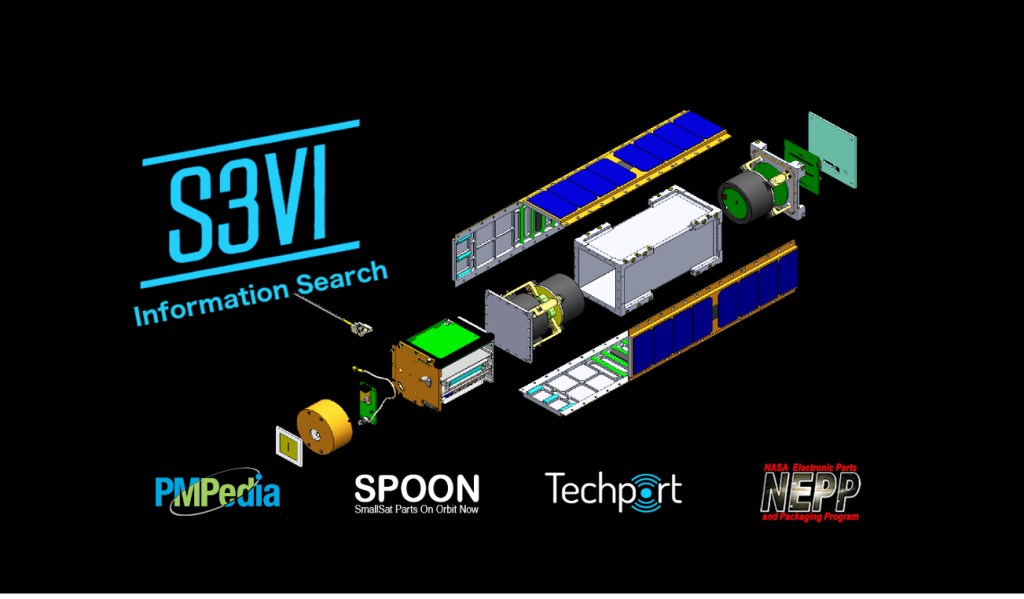February 22, 2023
Florence Tan
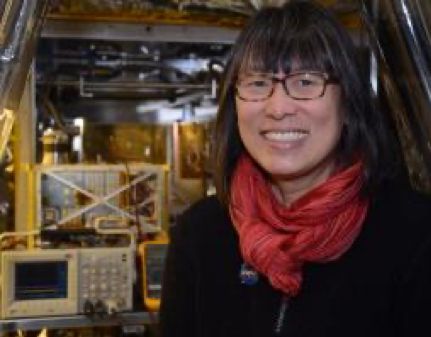 Abstract: The first annual in-person NASA SmallSat LEARN Forum was hosted in October 2022. Over the course of the two-day event, attendees shared lessons learned and engaged in classes and networking opportunities alongside others with NASA-funded SmallSat missions. This presentation will provide a summary of the key take-aways from the community over the course of the forum and NASA’s plans for addressing them.
Abstract: The first annual in-person NASA SmallSat LEARN Forum was hosted in October 2022. Over the course of the two-day event, attendees shared lessons learned and engaged in classes and networking opportunities alongside others with NASA-funded SmallSat missions. This presentation will provide a summary of the key take-aways from the community over the course of the forum and NASA’s plans for addressing them.
Bio: Florence Tan is the Chair of the Small Spacecraft Coordination Group (SSCG) at NASA Headquarters. She is also the Deputy Chief Technologist (DCT) for NASA’s Science Mission Directorate (SMD). In her role as SSCG Chair, she leads the SSCG to coordinate and develop NASA’s strategy and vision for small spacecraft in science, exploration missions, and technology activities and provide advice to the Associate Administrators of the Space Technology Mission Directorate, Exploration Systems Development Mission Directorate, Space Operations Mission Directorate, and SMD. As the DCT for SMD, she supports the SMD Chief Technologist to survey and assess technology needs for NASA’s science.
Don E. George
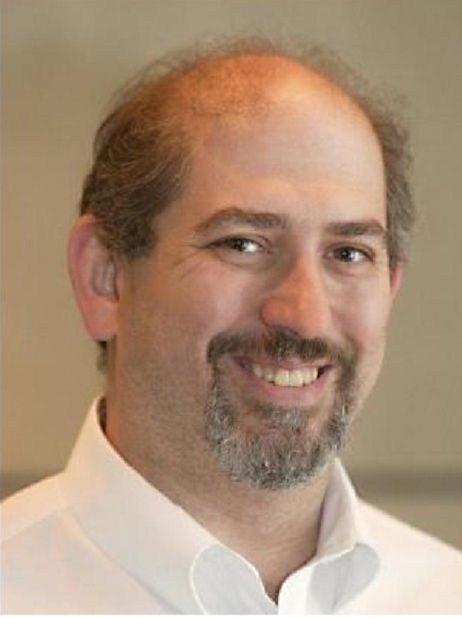 Presentation: CuSP Status Update
Presentation: CuSP Status Update
Abstract: The CuSP CubeSat deployed at 14:48 UTC on November 16, 2023. Twenty-one minutes later. the Radio Science Group at JPL recorded a radio transmission at the frequency expected from one of the 10 CubeSats. CuSP has not been heard from since. Dr. Don George, Mission Engineer, presents an analysis of the 77 minutes of X-Band data taken from the OLR and the 38 minutes of telemetry extracted from it.
Bio: Dr. George has 40 years of professional experience in the design, development and operation of commercial and research systems and electronics. He has a diverse background in technical management; systems development; and nuclear, electrical, and systems engineering. He is an experienced leader in conceptualization, design, fabrication, and testing of space based systems. This ranges from spacecraft (ESPA Class and CubeSat) and space based instrumentation to nuclear process instrumentation and control systems. His innovations include front-end-electronics for small-pulse (MCP and CEM) amplification for time-of-flight, ultra-low current amplifiers, and modularization of instrument electronics design. His recent focus has been development of space-plasma particle-detection instrumentation with a goal of introducing “digital analogs” of traditionally analog circuits using FPGAs to reduce component resources. Dr. George pioneered and developed digitally-controlled high voltage power supplies for space applications. He invented and developed the “micro-pixel” anode concept allowing for low resource 2D particle detection with high position resolution. He is also experienced in kinetic simulations of space plasmas using the Particle-In-Cell method.
Sergio Santa Maria
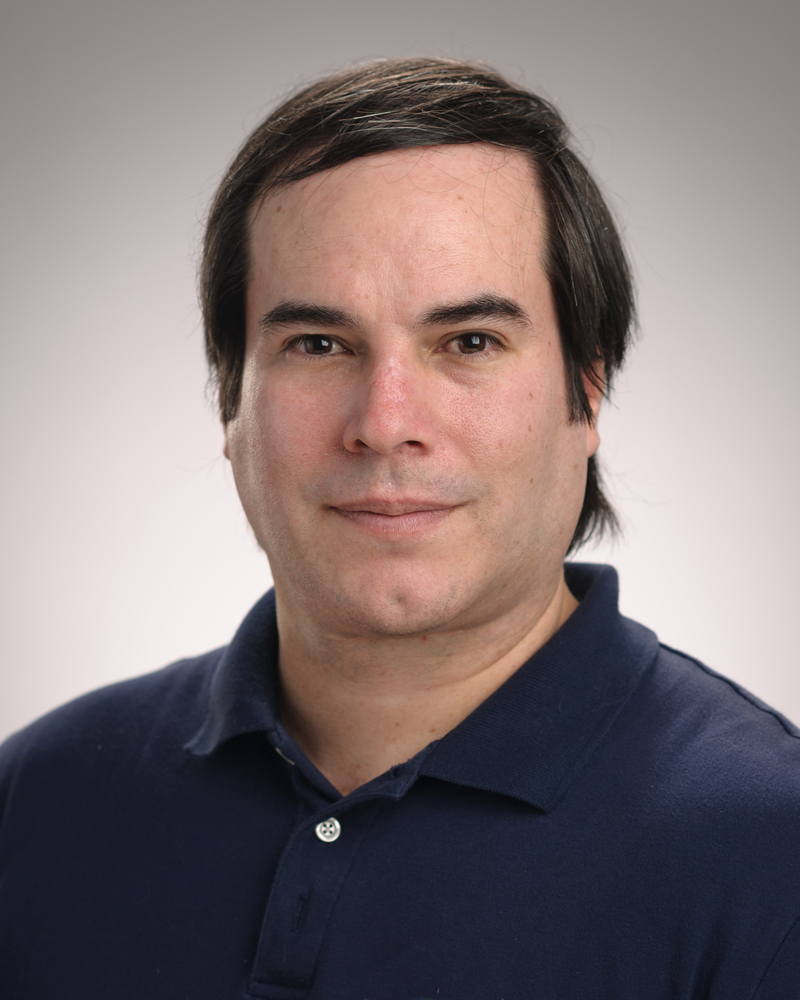 Presentation: LEARNing about BioSentinel
Presentation: LEARNing about BioSentinel
Abstract: We will focus on the technologies developed for BioSentinel, primarily the science payloads. One of them, the BioSensor, is a microfluidics-based instrument that houses a series of fluidic cards and manifolds. The fluidic cards can be loaded with microbial organisms to study the effect of the space environment on biology. For BioSentinel, we used the budding yeast as our model organism to study the response to the radiation environment in both low Earth orbit (ISS) and in deep space. The second instrument is a radiation spectrometer. This sensor allows the quantification of ionizing radiation as well as the characterization of the different particles based on the linear energy transfer or LET. Given that BioSentinel launched this past November (Artemis I), part of the presentation will include lessons learned and how we will apply them to future missions, including LEIA. LEIA was recently selected for a mission to the lunar surface on a CLPS lander vehicle, and is primarily based at NASA Ames.
Bio: Sergio is originally from Lima, Peru, where he studied Biology. His dissertation thesis involved working with high-altitude miners from the Peruvian Andes and the effect of this occupation at the genomic level. He then moved to Galveston, Texas, to obtain a doctoral degree in Molecular Genetics at the University of Texas Medical Branch. His PhD research focused on novel DNA repair pathways. For his postdoctoral training, Sergio was awarded an NIH training grant and an American Cancer Society postdoctoral fellowship while working at New York University Medical Center in New York City. During his postdoc, he studied a variety of DNA repair pathways, particularly recombination repair of damage caused by ionizing radiation, like the one we encounter in space. In 2014, he joined the BioSentinel project as a Project Scientist (now the Lead Scientist) and since then he has been awarded a series of research grants, including two recent Space Biology ground projects and a second flight mission, LEIA.

























